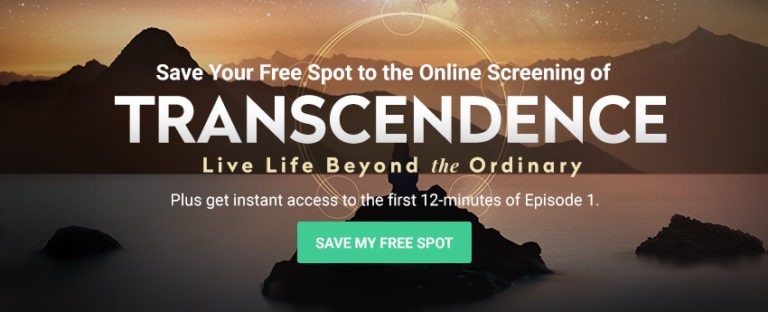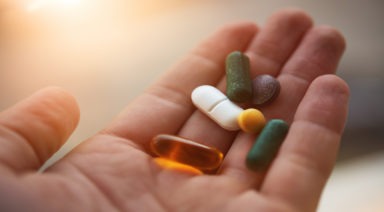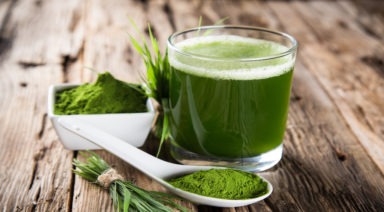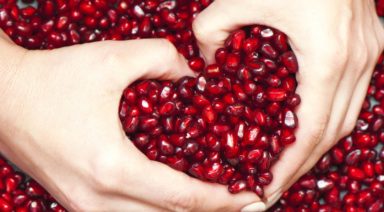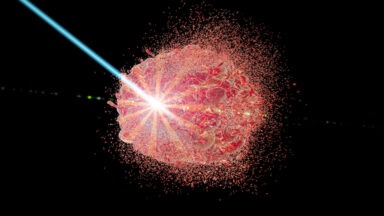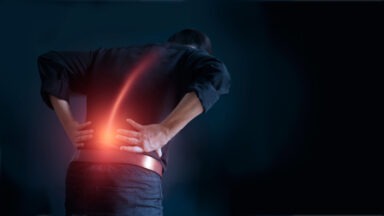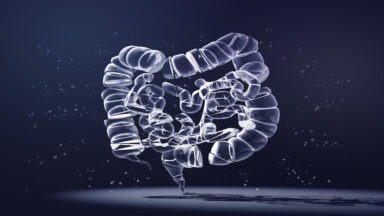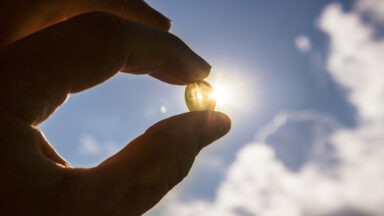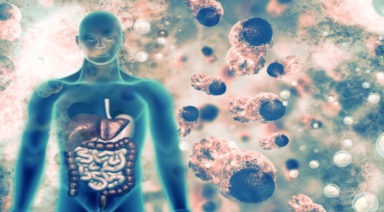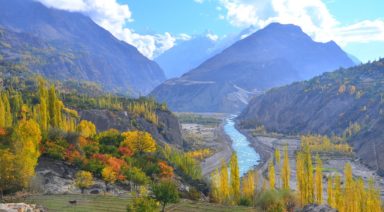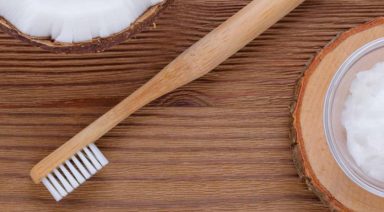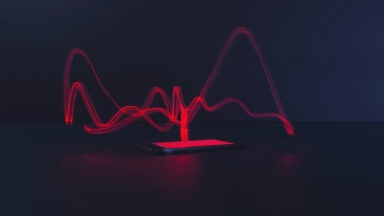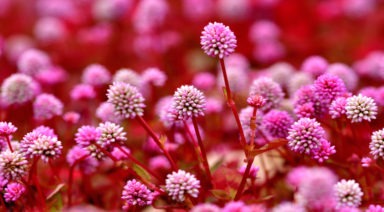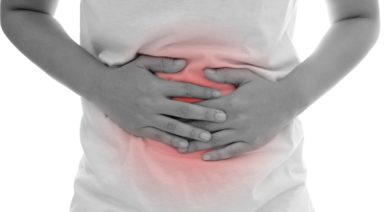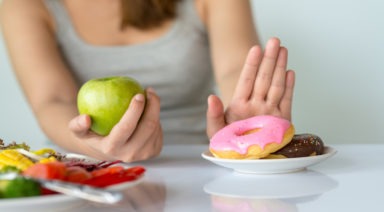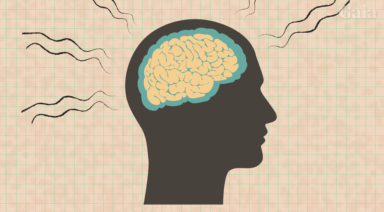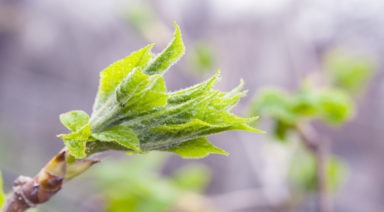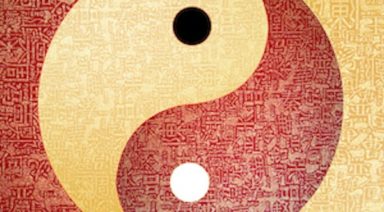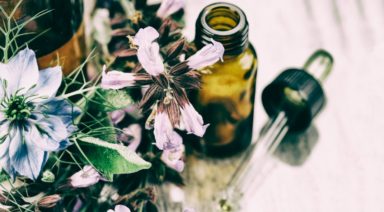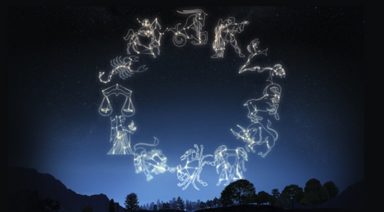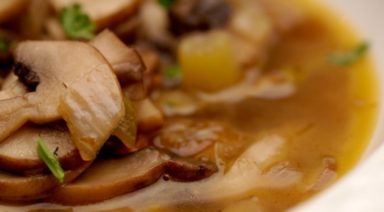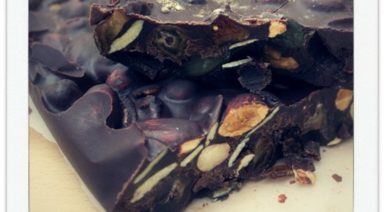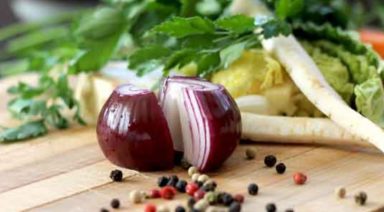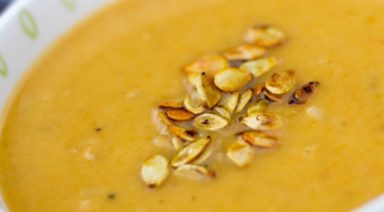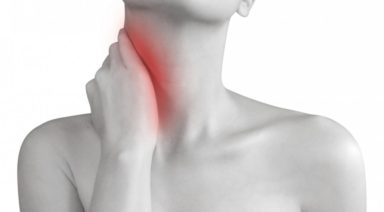Novak Djokovic Credits Diet For His Success

One of the familiar faces in TRANSCENDENCE, the new 5 part docu-series coming exclusively to FMTV, is 14 time Grand Slam tennis champion, Novak Djokovic. In Episode 1, titled ‘What’s In Our Food?’, Novak shares how a change to his diet was the catalyst to his 2011 comeback.
In his deeply personal interview, Djokovic shares his struggles on and off the court, which lead him to go down to Jo-Wilfried Tsonga at the 2010 Australian Open. From respiratory problems, an inability to cope with the heat, endurance problems, blurry vision, and a slew of other performance issues, Djokovic was fighting a losing battle with himself.
“I’ve experienced, prior to 2010 Australian Open, many struggles on the court… even though I was training hard, I felt like I was losing that fuel in my tank,” he shares.
Embarking on a life-changing journey with the help of fellow Serb, Dr. Igor Cetojevic, Djokovic found the best fuel for his body, and he hasn’t looked back since. The results were swift and impactful, with the tennis star winning ten tournaments and being crowned world number 1 within the next 12 months.
Since then, Djokovic has spent 223+ weeks at number 1 and amassed 14 Grand Slam titles. He’s also the first person since 1969 to win all four major Grand Slams in one year, and win all 11 ATP 1000 masters events.
“I just needed that information about the change in diet and nutrition. With that change in 2010 and the years after that, I felt so strong as a tennis player… the horizons of my life opened up to me. The circumstances in life that I’ve had after that were phenomenal,” he says.
Novak Djokovic’s powerful story is just one of many in Episode 1, including experts like Bruce Lipton, Mark Hyman, Vani Hari, William Davis, and more. And don’t forget, this is only the first episode of 5, there is so much more inspiration to come.
Why It’s Recommended to Take Vitamins C, D3, & Magnesium Together?
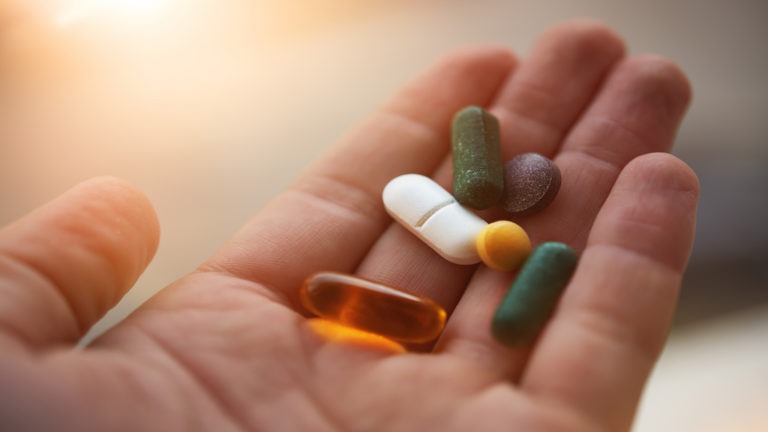
When it comes to your health, Vitamin C, Vitamin D3, and Magnesium are remarkably nutritive allies. Vitamin C is a powerful antioxidant, supporting a variety of functions throughout your body. Vitamin D and Calcium seamlessly work together to protect your bones. Calcium builds and maintains your bones, while Vitamin D helps with calcium absorption. Calcium and Magnesium work together to provide a similar value. Magnesium keeps calcium out of the soft tissue and within the bones, where it’s needed most.
What is Vitamin C?
Let’s start with a deep dive into Vitamin C. Commonly known as ascorbic acid, Vitamin C is an organic compound comprised of carbon, hydrogen, and oxygen. While our bodies can not produce it, it’s a powerful antioxidant with many health benefits.
In its purest form, ascorbic acid is a synthetic, white solid derived from the sugar dextrose. It can be found naturally in a variety of fruits and vegetables and is known to be an immune-boosting and curative supplement. One of its primary functions is helping the body manufacture collagen, a protein found in every person’s connective tissues, cartilage, and tendons.
We’ve heard about the benefits of Vitamin C for a long time. Discovered by biochemist Albert Szent-Györgyi in the 1930s, this remarkable chemical enables the body to healthfully sustain itself and helps it efficiently use fats, carbohydrates, and proteins.
Centuries ago, when fresh vegetables were not always easy to find, sailors would experience fatigue, weakness, open sores, bleeding gums, loose teeth, and unusual hemorrhages beneath the skin. The condition was known as Scurvy, and in the 15th century, it ravaged sailors and low-income families, causing sickness, disability, and death. Szent-Györgyi’s won a Nobel Peace Prize for his discoveries regarding Vitamin C supplementation, which provided excellent value for the British Navy.

